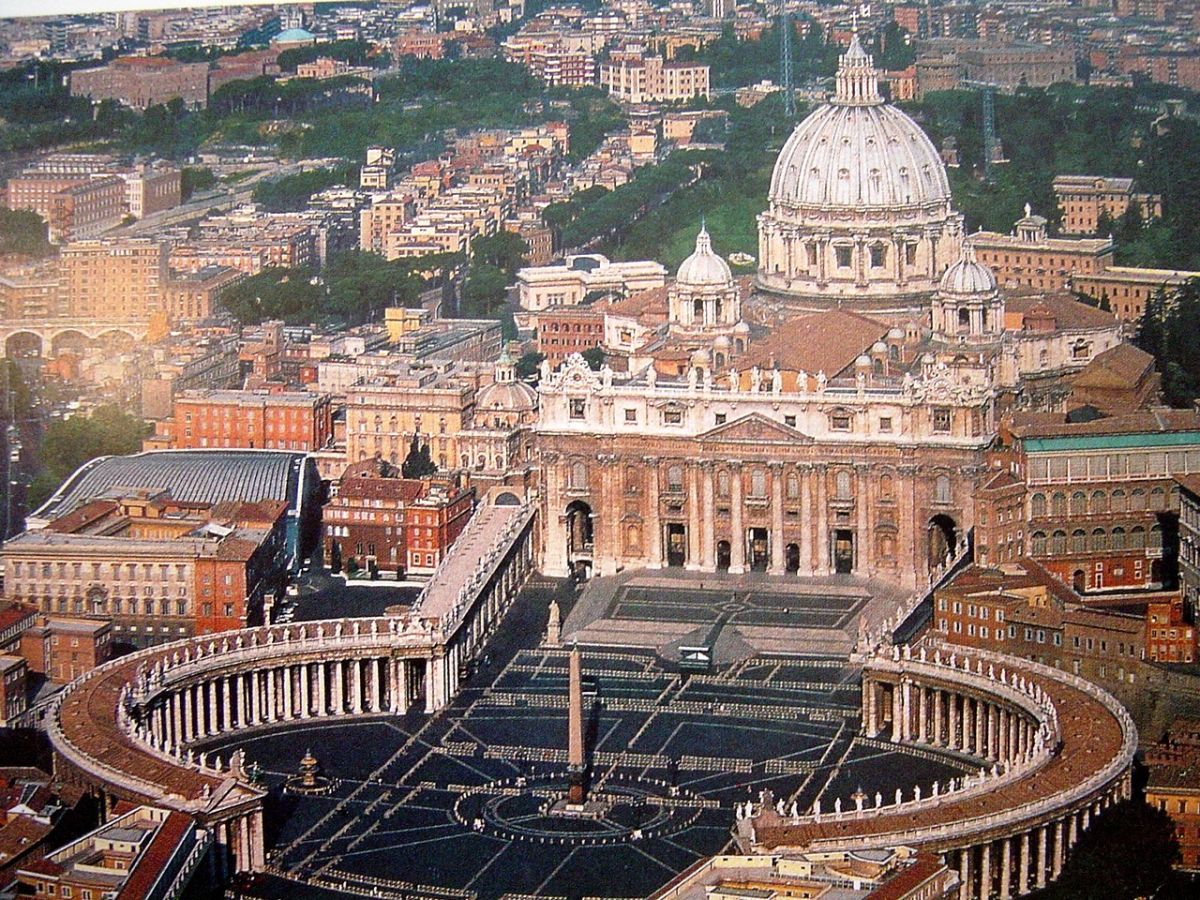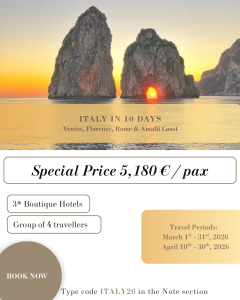ITALY IN 1 WEEK PRIVATE TOUR
Venice, Florence, the Amalfi Coast and Rome
A scenic journey to admire the most renowned cities and landscapes of Italy, discovering different habits and traditions that make Italy a unique cultural blend!
HIGHLIGHTS
- Venice, when wealthy merchants ruled the Mediterranean
- Florence, an open-air museum
- Chianti, winemakers for 1,000 years
- Siena, power in the Middle Ages
- Pompei, the Roman city fixed in lava
- The Amalfi Coast, where divas are at home
- Rome, walking in the shade of history
- Vatican City, Popes and power
What’s included
Accommodations with Continental Breakfast:
- Day 1: 3* to 5* Hotel in Venice city centre
- Days 2 & 3: 3* to 5* Hotel in Florence city centre
- Days 4 & 5: 3* to 5* Hotel on the Amalfi Coast
- Days 6 & 7: 3* to 5* Hotel in Rome city centre
The Hotel list is available upon request
Transfers:
- Day 2: Transfer by private water cab to Venice Pier + Transfer to your accommodation in Florence
- Day 4: Transfer to your accommodation on the Amalfi Coast – Stopover in Pompei
- Day 6: Transfer to your accommodation in Rome
All transfers by private car (2 pax)/ minivan (3 to 6 pax)/ minibus (7 to 15 pax)
Private Guided Visits / Tours / Activities:
- Day 1: 3-hour private walking tour of Venice city centre with an Authorised Tourist Guide – Half-hour gondola ride
- Day 2: 3-hour private walking tour of Florence city centre with an Authorised Tourist Guide
- Day 3: Full-day excursion to Siena and a winery in Chianti area – Visit of a wine cellar with tasting in Chianti area
- Day 4: 2-hour private walking tour of Pompei Archeological Area with an Authorised Tourist Guide
- Day 5: Full-day excursion in the Amalfi Coast: Amalfi, Ravello and Positano
- Day 6: 3-hour private walking tour of Imperial Rome Authorised Tourist Guide
- Day 7: 3-hour private walking tour of the Vatican Museums with an Authorised Tourist Guide
All tours by private car (2 pax)/ minivan (3 to 6 pax)/ minibus (7 to 15 pax)
Admission Tickets to:
- Saint Mark’s Basilica in Venice
- Galleria dell’Accademia in Florence
- Duomo Cathedral in Siena
- Pompei Archeological Area
- Colosseum and Imperial Fora Archeological Area in Rome
- Vatican Museums with the Sistine Chapel in Rome
– Full emergency assistance 24 hours/day by our Back Office
– List of recommended restaurants and deli shops along the itinerary
– All taxes
Options:
- Pick up at Venice Airport /Railway Station at the start of the tour
- Accommodation in Venice the night before the start of the tour
- Day 7: Admission to Saint Peter’s Basilica in Rome
- Drop off at Rome Airport /Railway Station at the end of the tour
- Other options upon request
Benvenuti in Italia, welcome to Italy.
Here you are in the “unique” Venice, the “city on the lagoon”, you will be astonished by its beauty and charm! You may start your visit with Piazza San Marco (St. Mark’s Square) and the interior of the Basilica, a 900 years old marvel of architecture! The church is unique in Italy for its golden Byzantine and Medieval mosaics, its intricate stone and marble traceries and exuberant Middle Eastern domes. Near St. Mark’s Basilica is Palazzo Ducale, the most impressive secular building in Venice and once the official residence of the supreme authority of Venice, the “Doge”. A masterpiece of Gothic architecture, the Doge’s Palace is an impressive structure composed of layers of building elements and ornamentation, from its 14th and 15th-century original foundations to the significant Renaissance and opulent Mannerist adjunctions.
At lunch, you may relax by tasting wine and savouring delicious “cicheti” (finger food). There is tremendous variety, and options include anything from simple cheese or salami to almost any kind of seafood, fried and grilled vegetables, sweet and sour sardines, creamy codfish and much, much more!
Then you may visit Santa Maria Gloriosa dei Frari (Saint Mary’s of Friars), striking for its huge size and for the quality of its works of art, including masterpieces by Titian, Giovanni Bellini and Donatello, and several grandiose tombs. Also, explore the streets and savour everyday life in an intricate maze of ancient narrow alleyways, lively squares with magnificent buildings and meandering canals, and finally walk on the Rialto Bridge, the busy “heart” of Venice. And last but not least, enjoy a Gondola ride on the city’s canals: a jump back in time, when Venetians moved only on the water.
Knowing what should be bought in Venice is not easy, as it is one of the most beautiful Italian cities. Rich in traditions, Venice presents a wide selection of souvenirs to take home as a souvenir of your trip. What you cannot miss among your purchases are the typical Venetian masks. The cost of the original ones is quite high, but it is really worth it! Another thing that should be bought in Venice is craftsmanship, appreciated worldwide. In the city of Italian carnival, it is a must to buy a Murano glass object. Each product is worked and painted by hand, but be sure you buy an original product from Murano, guaranteed by a label or a signature (and also by the seller), and not a Chinese copy!
Finally, at dinner you will be delighted by the flavours of the regional cuisine of Veneto, boasting delicious recipes such as “Sarde in saor”, Risotto with seafood, the typical “Baccala’ mantecato”, to finish with a fantastic “Bussolà” (for an overview of the regional cuisine of Veneto see our BLOG).
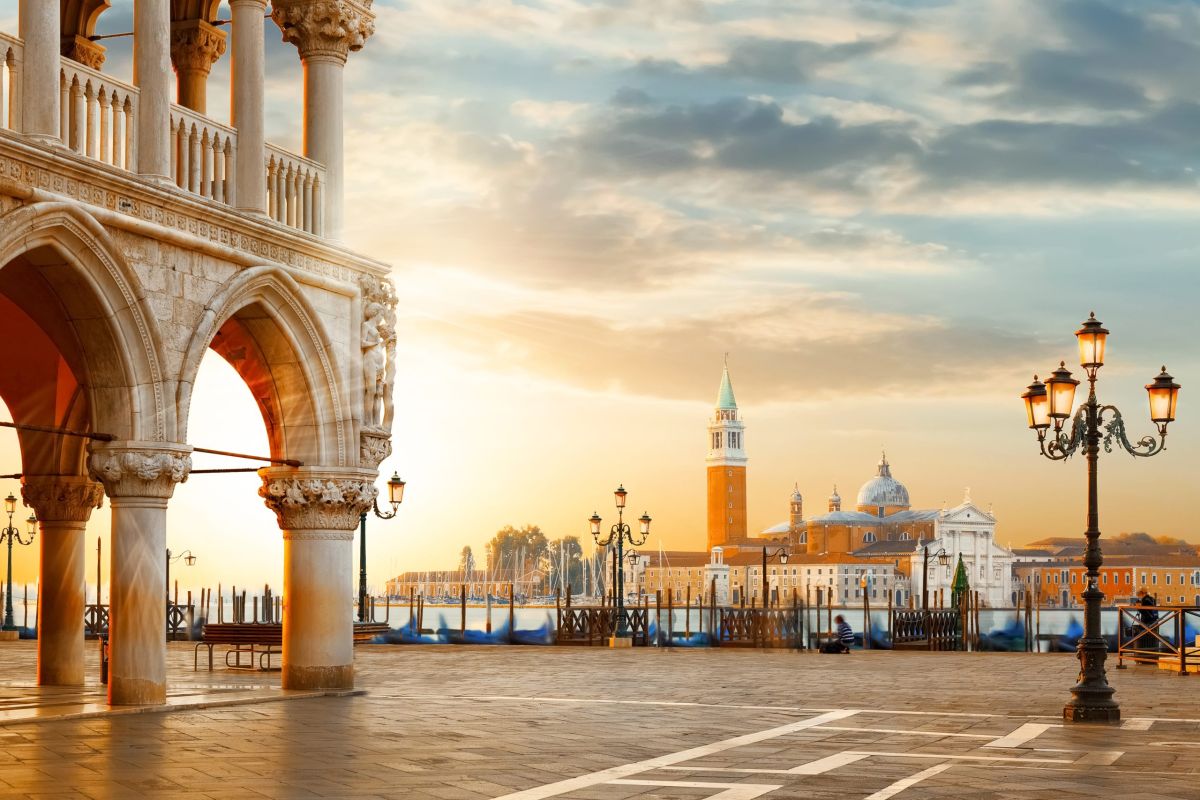
IWelcome to Florence, the land of Dante, Leonardo da Vinci and Giotto!
Despite its international fame and greatness, Florence is also a small city, whose history is interwoven with that of its passionate citizens for more than one thousand years.
In Piazza Duomo you will be astonished by the Duomo, with the incredible Brunelleschi’s cupola, a masterpiece of art and architecture whose building techniques building are still covered with a veil of mystery. Beside it, Giotto’s Campanile (Belltower) and the Baptistery, one of the oldest buildings in the city, with its famous bronze doors made by Pisano and Ghiberti in the 14th and 15th centuries. In Piazza della Signoria you will walk in the middle of bronze and marble masterpieces by Giambologna and Cellini inside the marvellous Loggia dei Lanzi, and will admire the imposing Palazzo Vecchio, one of the symbols of Florence and still the seat of government of the city. You may also spare some time to relax, visiting a typical market for shopping, strolling through the pedestrian streets of the city and crossing the oldest bridge in Florence, “Ponte Vecchio” (Old Bridge), rich of jewellery shops.
Our itinery include the visit to the Uffizi Gallery, one of the most famous museums in the world for its extraordinary collections of paintings. Here you will admire works by Botticelli, Michelangelo, Leonardo da Vinci, Caravaggio and a lot more. Also, you should not miss Galleria dell’Accademia, hosting Michelangelo’s David, the most famous sculpture in the world!
At lunch, enjoy “Panino con Lampredotto” in a typical Florentine market, while for dinner move to Oltrarno where Florentines like to dine. Here you may taste the simple yet unforgettable recipes of the Tuscan tradition, such as “Crostini”, “Panzanella” and “Peposo”. And remember, Florence is the home of “Fiorentina” steak! In case you are a vegetarian, don’t worry: Tuscan cuisine offers tasty alternatives like “Pappa al Pomodoro” or “Ribollita” (for an overview of Tuscan cuisine see our BLOG).
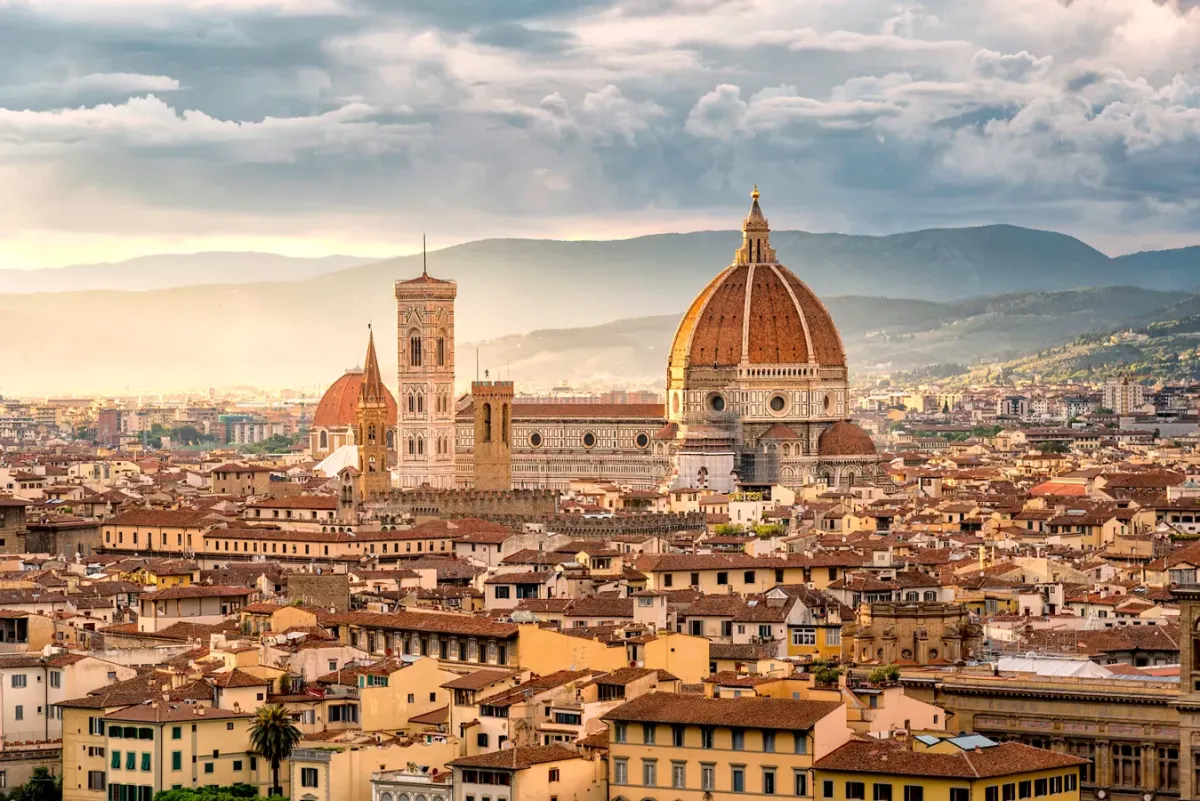
In Siena, the city of the Palio, you will walk on the famous Piazza del Campo, the concave square where horses run twice a year in a dangerous race that symbolizes the city’s freedom. On the days of the Palio, the whole town goes crazy; read about it in our articleBLOG.
Indeed, you will not forget the colour of frontages and roofs, the renowned colour “Sienna”, a pigment first produced during the Renaissance, that makes the city lovely and warm. And don’t forget to taste the Senese sweets: “cantucci” (biscuits with toasted almonds), “ricciarelli” (soft biscuits with icing sugar), “panforte” (cake with fruit nuts and spices) and “cavallucci” (biscuits with honey, walnut, candied fruits and spices. Travellers who love dessert will be delighted!
Only a few regions can offer such a beautiful and rich panorama as Chianti: green hills sketched by miles and miles of vineyards and olive groves, ancient walled villages, and panoramic curvy roads. Chianti Classico spreads from Florence to Siena and includes the municipalities of Greve, Panzano, Radda, Gaiole and Castellina. Most of the route consists of roads connecting larger towns to villages and castles, like the one leading to Radda, the former headquarters of the Chianti Military League, and then to Castello di Brolio, where Bettino Ricasoli devised the “recipe” for Chianti wine.
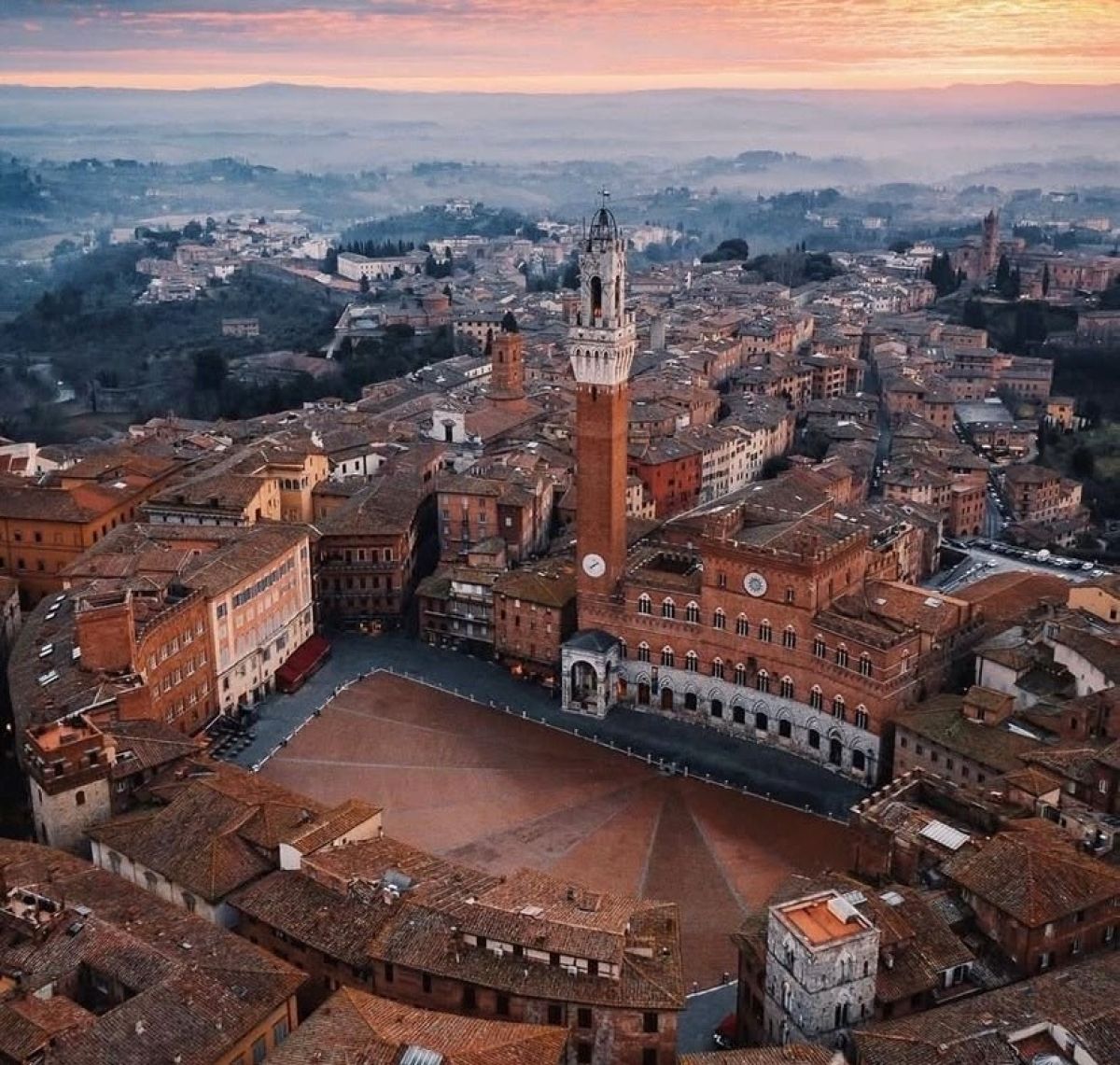
Pompeii, the Roman city excavated from the ashes of Vesuvius, has been a UNESCO World Heritage Site since 1997!
In 62 AD, the city was partially destroyed by an earthquake. As its reconstruction was still ongoing, on August 24, 79 AD, the eruption of Vesuvius covered the city and its suburban villas with a thick layer of stones, ashes and lapilli (thick, glassy lava). On the other hand, Herculaneum disappeared beneath a flood of volcanic mud.
The ruins of the ancient Roman cities offer an unparalleled window into the quotidian life of classical antiquity. Here you can understand how the Romans of the 1st century AD lived: from brothels and lavatories to posh dining rooms and bathing establishments, including modern spas, health clubs and gyms. The eruption of Mount Vesuvius destroyed the town in 79 AD, and the debris ejected by the volcano covered more than 3,000 people from the volcano.
Due to its healthy climate and pleasant scenery, Pompeii was a holiday resort for wealthy Romans. It is now famous for its civic buildings lining the streets, which are still intact today. The Surgeon’s House, the House of the Faun and the House of Chaste Lovers are exceptional examples of the epoch’s architecture. Another unique building is the House of Mysteries, deriving its name from the murals depicting the Dionysian cult’s initiation rites (i.e., the mysteries).
A peculiar characteristic of Pompeii is the florid graffiti covering the walls in just about every building; when the volcanic eruption happened, Pompeii was set to carry out elections in the days ahead – hence the writings and ideograms, which feature both political and sexual content.
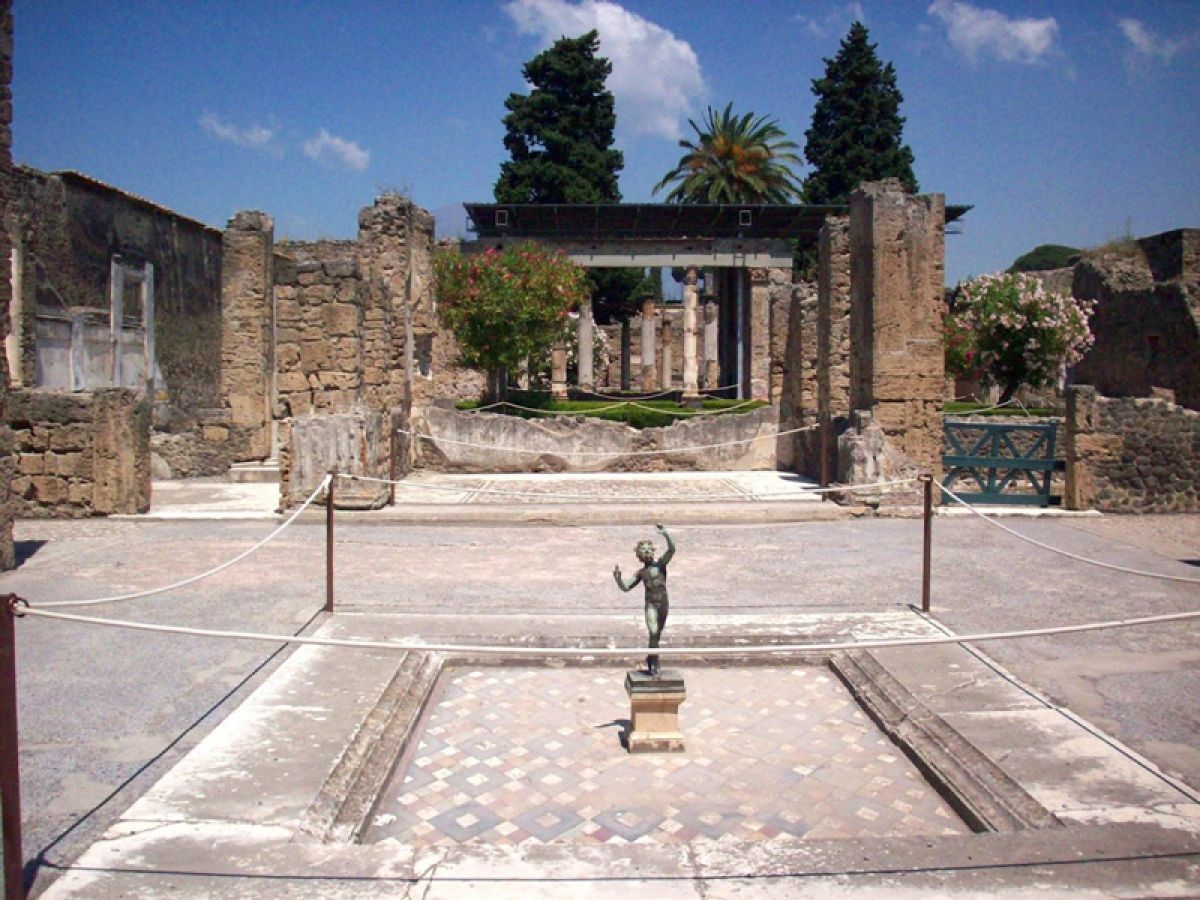
Welcome to the Amalfi Coast!
Costiera Amalfitana is Italy’s most scenic stretch of coastline, a landscape of pastel-coloured villages terraced into hillsides, steep panoramic roads, luxuriant gardens and enchanting vistas over turquoise waters and green mountains.
Considered by UNESCO “an outstanding example of a Mediterranean landscape, with exceptional cultural and natural scenic values,” the coast has been a World Heritage Site since 1997. You may go from town to town at the discovery of Amalfi, Positano, and Ravello, three of the most beautiful villages in Southern Italy, world-famous for their charm and colourful architecture.
Amalfi typically has Mediterranean architecture with lanes and characteristic white houses piled one upon the other. In the Middle Ages, it was one of Italy’s four powerful maritime republics (with Venice, Pisa, and Genoa). All sea trade in the Mediterranean was once governed by the 12th century “Tavole Amalfitane”, one of the world’s oldest maritime codes. A must-see in Amalfi is the Duomo di Sant’Andrea, fronted by an intricately patterned façade, redone in the 19th century. Founded in the 9th century, the Cathedral’s subsequent alterations have spared its principal glory, the main portal’s 11th-century Byzantine bronze doors. Next to the church lies the Chiostro del Paradiso (1268), or Cloister of Paradise, whose serious Romanesque tone is animated by the Arab elements in its sinuous columns. To escape the bustle of Amalfi, let’s take the famous walk along the “Valle dei Mulini”, a steep-sided valley dotted with ruined watermills – “i mulini” – once used to make paper, an industry for which Amalfi was, and still is, famous.
Positano sits in a splendid panoramic position on one of the most beautiful stretches of coastline. Its enchanting town centre of delightful pastel-coloured houses surrounds the parish church of Santa Maria Assunta; its streets are lined with quaint, colourful shops, and its numerous beaches are world-famous.
Ravello is more elevated than the other pearls of the Amalfi Coast, boasting exceptional views of the coast and its marvellous villas and gardens. French novelist André Gide said they are “closer to the sky than the sea”. Here you may visit Villa Rufolo, built in the 13th century, which hosted popes and kings, and Richard Wagner, who composed part of his opera Parsifal here in 1880. Views from its idyllic gardens are magnificent!
A trip to Cetara is an absolute must. The village is renowned for a particular gourmet speciality, “colatura di acciughe” (anchovy sauce), produced according to an ancient procedure for generations. Spaghetti with colatura di alici is the area’s typical recipe, a dish you will remember forever. Discover the secrets of the liquid gold of the Coast in the article in our BLOG.
At dinner, don’t miss Spaghetti with clams in olive oil and garlic sauce, or Seafood Risotto, with a glass of excellent Greco di Tufo white wine.
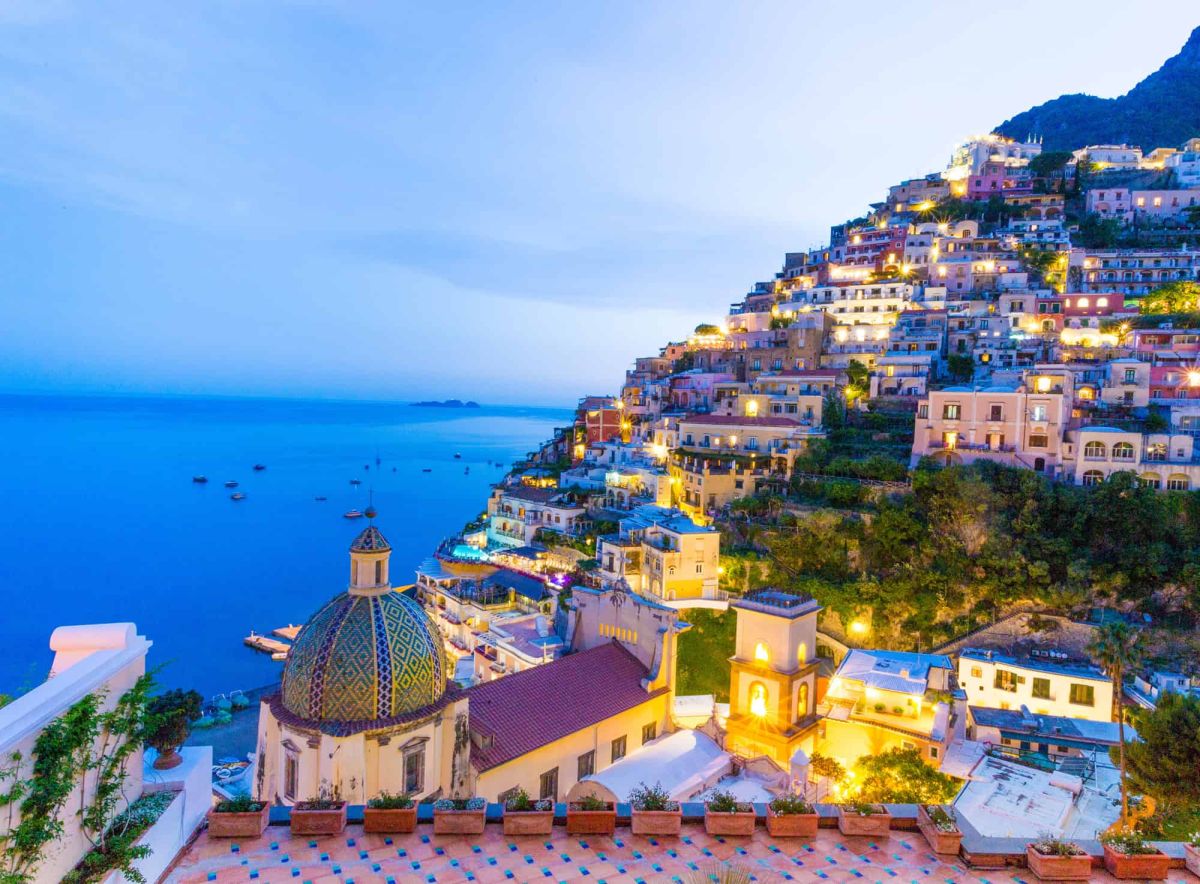
Here you are in Rome, where ancient history, excellent art and religious icons mix uniquely! Start from the 2,000-year-old Colosseum, the most famous amphitheatre in the world, and the Imperial Fora, the administrative and monumental centre of the Roman Empire. On the Palatine Hill, the majestic ruins of the Palaces of Augusto, Tiberius and Domiziano still dominate theCircus Maximus valley, 50-meter-high structures giving a unique view of the city.
Close to the Colosseum, inside the Church of San Pietro in Vincoli, you may see the famous Michelangelo sculpture of “Moses”. Supposedly, Michelangelo, admiring his Moses, enraptured by the so realistic shapes of the imposing statue, was struck by a violent outburst of anger and exclaimed the famous phrase “Perchè non parli?” (Why don’t you speak!?)
From Piazza Venezia, you will head inside “Baroque” Rome, starting with the Pantheon, dedicated to worshipping every god (Pan-every Theon-divinity), now the memorial chapel of great Italian people of the past. After that, don’t miss the Church of St. Louis of the French, famous for the cycle of paintings of the great Caravaggio at the end of the 16th century. Then Piazza Navona, the splendid oval area corresponding to the underground Domitianus’ Stadium, with the gorgeous Fountain of the Four Rivers by Lorenzo Bernini in the centre of the Piazza. And finally, Fontana di Trevi, the city’s biggest and most famous fountain, a Rome icon renowned worldwide: here, statues of travertine marble stand over the cliff and the broad basin in an epic representation of the Kingdom of the Oceans.
At the end of the day, sit down at a local “trattoria” or “fiaschetteria”, the typical home-style restaurant, to taste authentic Roman cuisine in a popular and cheerful atmosphere (for an overview of Roman cuisine, see our BLOG).
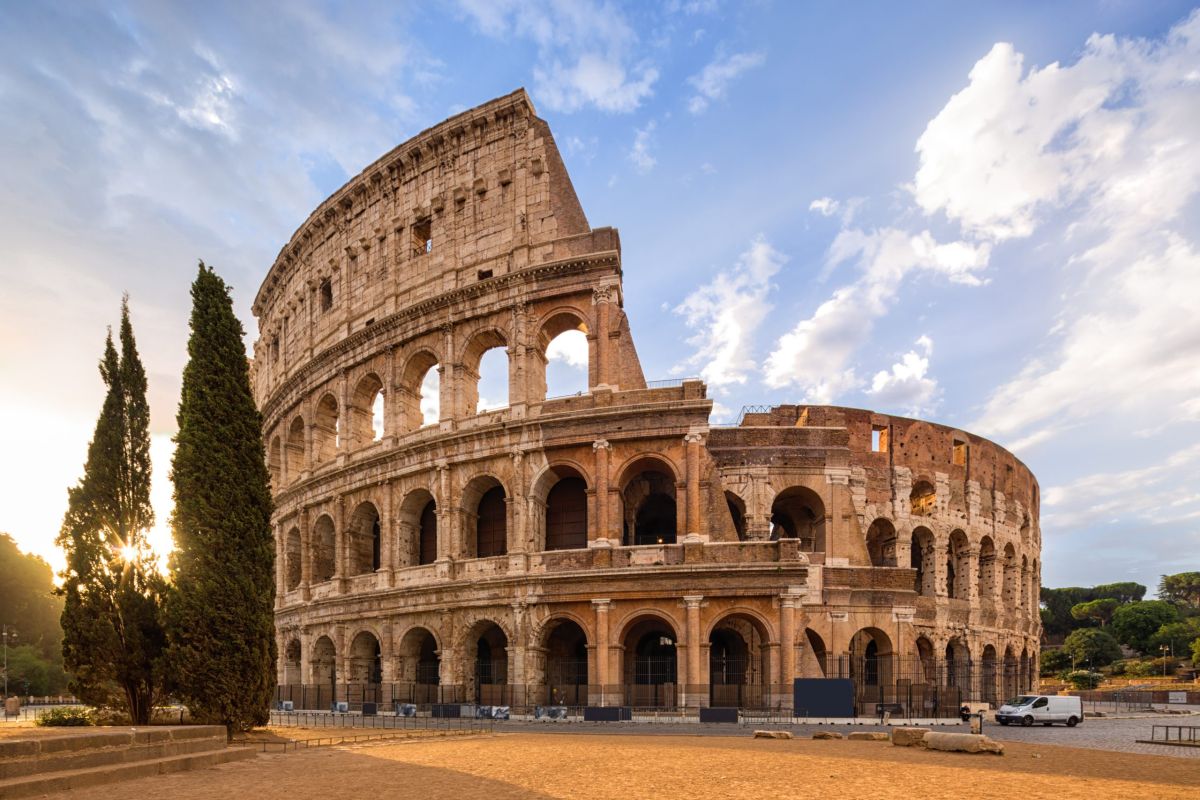
On the other side of River Tevere, Vatican Hill is the home of the tiny state of Vatican City. The immense St. Peter’s Basilica dominates the extraordinary Piazza framed by the magnificent four-column-deep colonnades designed by Gian Lorenzo Bernini. The Basilica is an extraordinary casket for some of the world’s most beautiful works of art, such as Michelangelo’s “La Pietà” and Bernini’s “Baldacchino”, along with works of the most important artists of the Renaissance, from Raphael to Canova.
Inside the Vatican Museums, you will be astonished by the exquisite and unique Sistine Chapel, the “Sancta Sanctorum” (“Holy among the Holiest” in Latin) of the Roman Catholic Church, where cardinals gather to elect the new Pope! The Sistine Chapel takes its name from Pope Sixtus IV della Rovere (pontiff from 1471 to 1484), who had the old Cappella Magna restored between 1477 and 1480. The decoration of the walls was executed by a team of painters, Pietro Perugino, Sandro Botticelli, Domenico Ghirlandaio and Cosimo Rosselli, assisted by their respective shops.
Julius II della Rovere (pontiff from 1503 to 1513), the nephew of Sixtus IV, decided to partly alter the decoration, entrusting the work in 1508 to Michelangelo Buonarroti, who painted the Ceiling and, on the upper part of the walls, the lunettes. The nine central panels show the Stories of Genesis, from the Creation to the Fall of Man, to the Flood and the subsequent rebirth of humanity with the family of Noah. Again, towards the end of 1533, Clement VII de’ Medici (pontiff from 1523 to 1534) asked Michelangelo to paint the Last Judgement on the altar wall. How could he refuse? And, in fact, he did not, but painted his vision of the Judgement, with a powerful and furious Jesus Christ.
The tour is over, but the memories of a fantastic journey will accompany you for a lifetime!
See more about your destinations on our YouTube channel.
Arrivederci for another tour with VITOR, Visit Italy on the Road.
